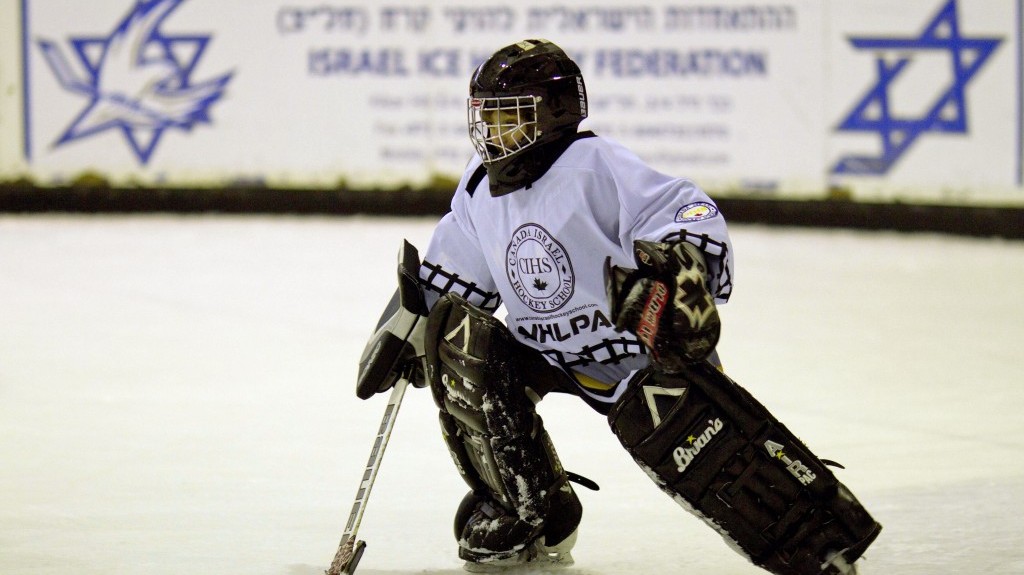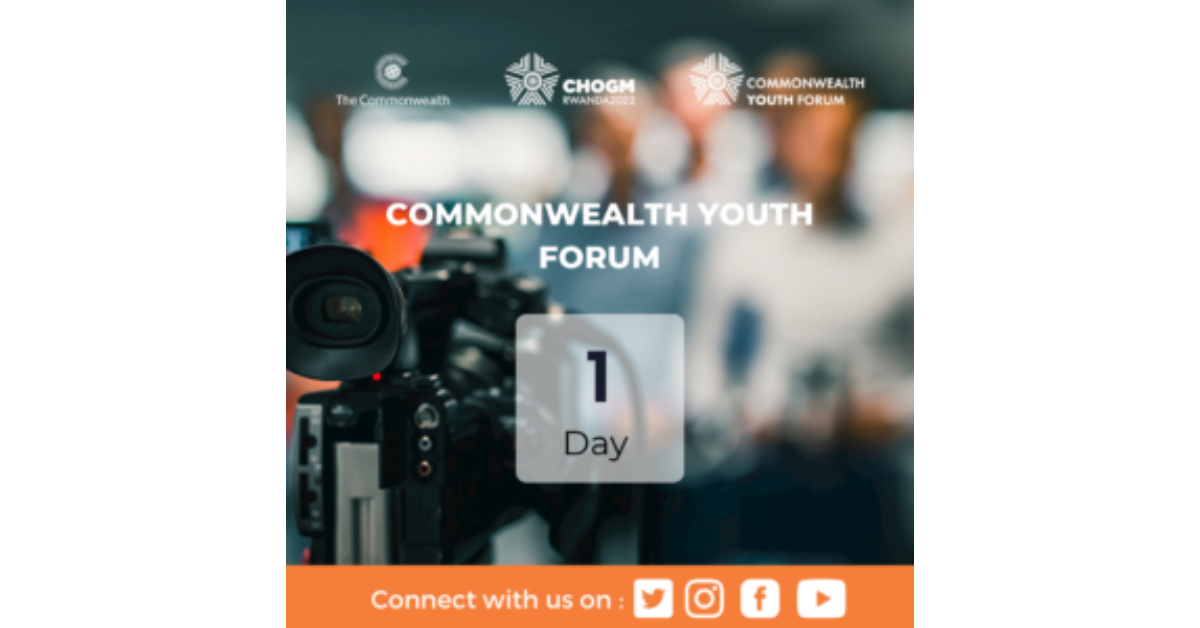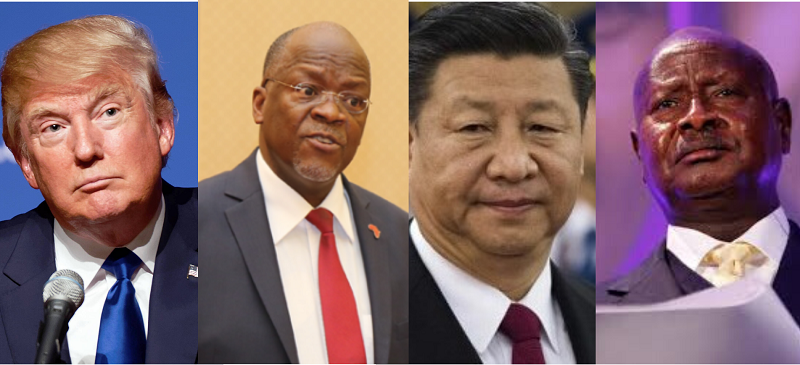"Sports and a slippery road map to peace"
August 26 For sport to build peace, it needs to be coupled with educational processes and guaranteed commitment from everyone involved, otherwise it can be a slippery roadmap argues Alvin Ma, 21, a Commonwealth Correspondent from Canada.
to build peace, it needs to be coupled with educational processes and guaranteed commitment from everyone involved, otherwise it can be a slippery roadmap argues Alvin Ma, 21, a Commonwealth Correspondent from Canada.
At meetings for Commonwealth Sports Ministers convened to coincide with the London Olympics one summer ago, there were many posts on the Your Commonwealth website praising the potential power of sport.
However, as stated in one previous article, sport can also cause division. For example, the 2014 Winter Olympics in Sochi, Russia, seem controversial from a Western (i.e. Canadian, American, and British) perspective, with a vocal contingent calling for an international boycott.
In Canada, 80 per cent of the entire population watched at least a part of the final match for men’s ice hockey in the 2010 Winter Olympics, which were held in my then-hometown of Vancouver, Canada.
Many might not even know the sport, let alone follow the Winter Olympics when there are so few participants from their warm countries. Nevertheless, ice hockey is globalizing and I want to discuss the documentary “Neutral Zone: The Story of Hockey in Northern Israel.”
“Sport has the power to change the world. It has the power to inspire, it has the power to unite people in a way that little else does,” said noted anti-apartheid former South African President Nelson Mandela about how we want to view sports. At a time when the “Road Map for Peace” has not yet been settled, this video showing former American President Bill Clinton’s lighthearted rendition of John Lennon’s “Imagine” with 40 Jewish and 40 Arab children is how we want to view the relationship among Israeli Jews, Arabs in Israel, the Palestinian territories, the rest of the Middle East, and the world.
However, as much as my conflict-averse self yearns for perpetual peace, I also recognize that I am an outsider. As such, I cannot fully comprehend the complexity of this situation from people in these regions of instability.
As the title of the Israeli ice hockey documentary suggests, it shows the use of hockey as a tool to achieve peace in the Middle East by featuring participants at the ice rink in Metula, an Israeli town bordering Lebanon.
The mission of this program, according to the coach Mike Mazeika, is to “integrate Jewish and Arab kids together playing hockey so that they can understand each other and make a difference for the future.”
While relatively novel to use hockey, the concept of sport for development in the Middle East is not a new phenomenon. I’m reminded of the 2006 documentary “Children of Jordan Valley” by Simon Jocker where similarly, Jewish and Arab children are integrated through summer soccer camps.
Jocker’s documentary, as seen in the trailer above, also features the transformation of children through social interaction similar to the friendships developed by Bez twins and Mayyas Sabbagh in “Neutral Zone.”
Despite following one team to its championship victory, Jocker highlights the disappearance of some of these friendships as time passes. On a follow-up visit to conclude the “Children of Jordan Valley” documentary, some children who return to their homes after their soccer camps finish merely revert back to their former ways of life, separated into their ethnic communities.
On a cynical level, I am reminded of stories from my sport-for-development classes where organizations would introduce sports such as volleyball to a seemingly welcoming audience. However, as soon as the North American volunteers leave, the volleyball nets are utilized as fishing nets, the volleyballs are converted into lightweight soccer balls, and the customized uniforms are sold on the open market.
In contrast, the best practices would involve a detailed needs assessment. Without consultation and a comprehensive strategy, it is easy to be perceived by multiple local groups as a culture-killing neocolonialist, even if the original intention of the intervention is for societal good.
Consideration of the long-term prosperity of locals is important. If the goal is to continue this program for the long term, locals will ultimately be the ones in charge of maintenance and daily operations. Before then, a third-party mediator can assist with a guiding framework for equity in hiring employees associated with the hockey industry and also equity in scheduling usage times.
With figures like local Levav Weinberg in charge of creating and managing the hockey school, there is some optimism for local growth in the future.
As Weinberg states, “In hockey you have the boards and you have the zone. And when you go into the zone and you close the door, you’re in a different world. Now you have the coach. He’s your God. And you don’t need to pray to him a couple of times during the day. You just need to listen to what he tells you to do. And you have one goal: To win the game.”
While Weinberg seems to portray in his analogy the hockey ice surface as the alternative-world utopia seen in John Lennon’s “Imagine,” this analogy is not without its flaws. In reality, ice is slippery and overall traction of a roadmap for peace in the Middle East is not easy to say the least.
If the program adopts an apolitical approach where hockey is only a mild reprieve from regional conflicts, the characters of the people involved in hockey will not change and these conflicts will still remain in future generations.
I do not want to argue that these hockey programs alone can create peace, but in fact, my message is that hockey needs to be coupled with constructive peace-building educational processes and guaranteed commitment from everyone involved.
Photo: cdn.timesofisrael.com
…………………………………………………………………………………………………
About me:
I’m currently a student and research assistant for the Centre for Sport Policy Studies at the University of Toronto. I also teach English at an ESL language school and serve as a private tutor for various other subjects. Passionate about teaching, sports, and politics, I hope to blend these interests and one day teach university-level courses on the politics of sports.
………………………………………………………………………………………………………
Opinions expressed in this article are those of the author and do not necessarily represent the views of the Commonwealth Youth Programme. Articles are published in a spirit of dialogue, respect and understanding. If you disagree, why not submit a response?
To learn more about becoming a Commonwealth Correspondent please visit: http://www.yourcommonwealth.org/submit-articles/commonwealthcorrespondents/
…………………………………………………………………………………………………




